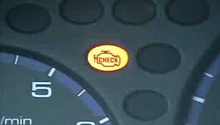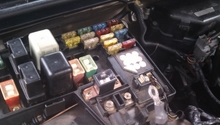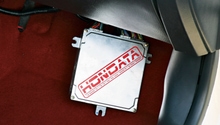Honda Accord: Why is My Car Not Starting and My Lights Flickering?
The lights flicker, the dashboard lights up, and the stereo works, but the only thing that happens when you turn the key is a clinking sound. If you can't figure out why your car is acting this way, then continue reading.
This article applies to the Honda Accord (1990-2002).
If your car won't start and the lights continue to flicker, then this article will help you to pinpoint what might be the cause. This article will go through a number of potential causes for this basic problem. If you are experiencing this problem with your car, then continue reading as this article might be useful. You will be able to find out the reason and the solution to your current situation.

Materials Needed
- Multimeter or circuit tester light
- Soldering gun
Step 1 – Check the ground cable and battery
Your car battery may have a bad ground cable or one of the battery cables could be loose. To check, disconnect the negative (black) lead from the battery terminal, and inspect both cables for looseness or corrosion. Also, check where the cables are crimped into the end-lug of the battery terminals as these areas can short out.
The engine starter requires more power to operate than all of the other electronics combined. Therefore, you must have enough power in the battery to operate the starter. To test your battery, set a multimeter to the auto range or to more than 13 volts. Place the probes on the battery terminals, but not on the cable or clamps. If the meter reads below eight volts, you will need need a new battery. It could also read as high as 12 volts, which is still not have enough power to operate the starter, so you will also need a new battery. A loose cable would give you the same result. If there is enough power to run the electronic interior components of your car but not enough to start the car, there may be a loose battery cable somewhere. Costs for a new car battery run upwards of $85.

Move to the next step if the battery cables are intact, and the battery has enough power.
Step 2 – Reset the alarm system
Your alarm system could also be causing the problem. Disconnect and reconnect the battery to reset the alarm system. You can pay an auto shop or dealership to reset it for you, but you will need to pay labor costs.
Move to the next step if resetting the alarm system does not resolve the problem.
Step 3 – Reset the ECU fuse
The engine control unit (ECU) fuse is located in the engine bay's fuse box. The location of the fuse is marked on the cover of the fuse box or in your owner's manual. Pull out the ECU fuse, and plug it back in. Then start the car, and let it idle for about ten minutes. Fuses cost no more than $5.
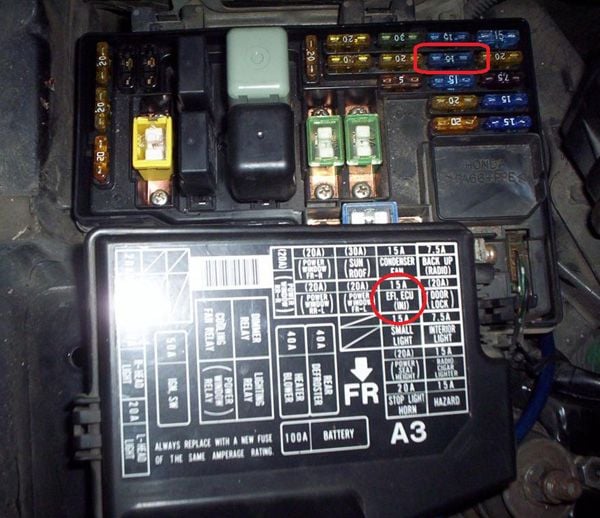
Move to the next step if resetting the ECU does not resolve the problem.
Step 4 – Check the ignition switch for a short
Wiggle and unlock the key as you turn the engine over. If the engine won't start on the first try and you need to reinsert the key to start the car, the ignition switch might have shorted. Replacement ignition switches cost between $30 to $50, and replacing it yourself is an easy task.
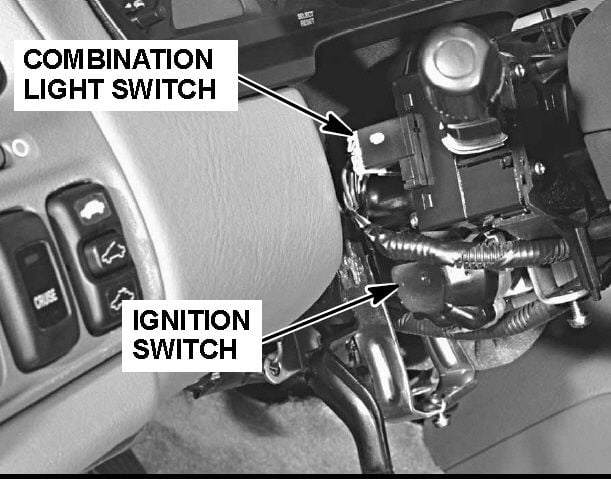
Move to the next step if the ignition switch is functioning properly.
Step 5 – Check the PGM-FI main relay
This programmed fuel injection (PGM-FI) main relay allows the battery to supply power to the fuel pump, engine computer, and other components. Symptoms of a bad relay are the car won't start, and the engine suddenly shuts off. Remove the relay, and check the solder joints on the printed circuit board (PCB). Look for hairline cracks, and check the circuits with a tester light. If the PCB is the cause, solder the bad joints or replace the relay. Costs for a new relay start at $10.
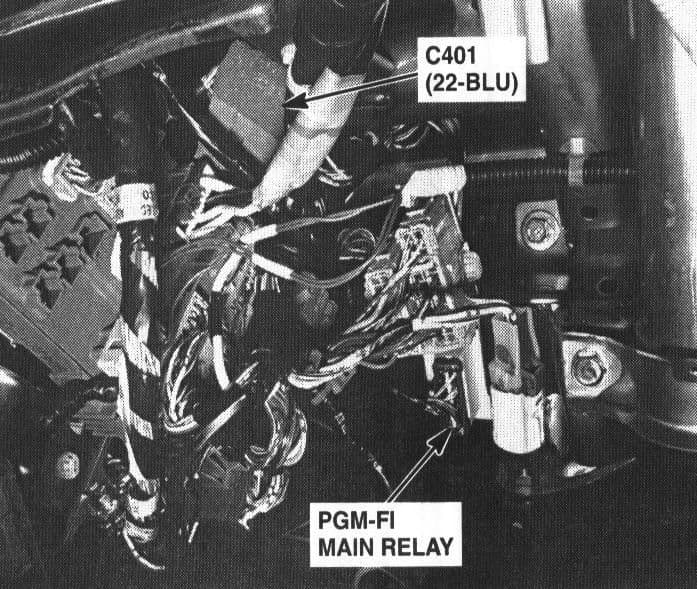
Figure 4. Location of PGM-FI in a 1998 Honda Accord. 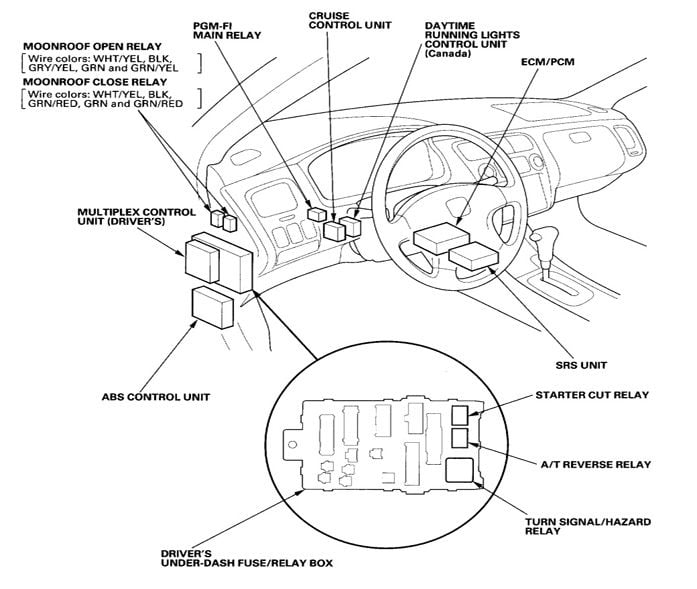
Figure 5. Diagram of 1998 Honda Accord with PGM-FI main relay location.
Move to the next step if the PGM-FI main relay is in working condition, and the PCB shows no signs of wear.
Step 6 – Check the VSS for a short
The vehicle speed sensor (VSS) may have worn out and become faulty, in which case it shorts out, causing the car to die intermittently or not start at all. The VSS sensor is located on top of the transmission, and above the axles. If done yourself, replacing the VSS sensor costs upwards of $40.
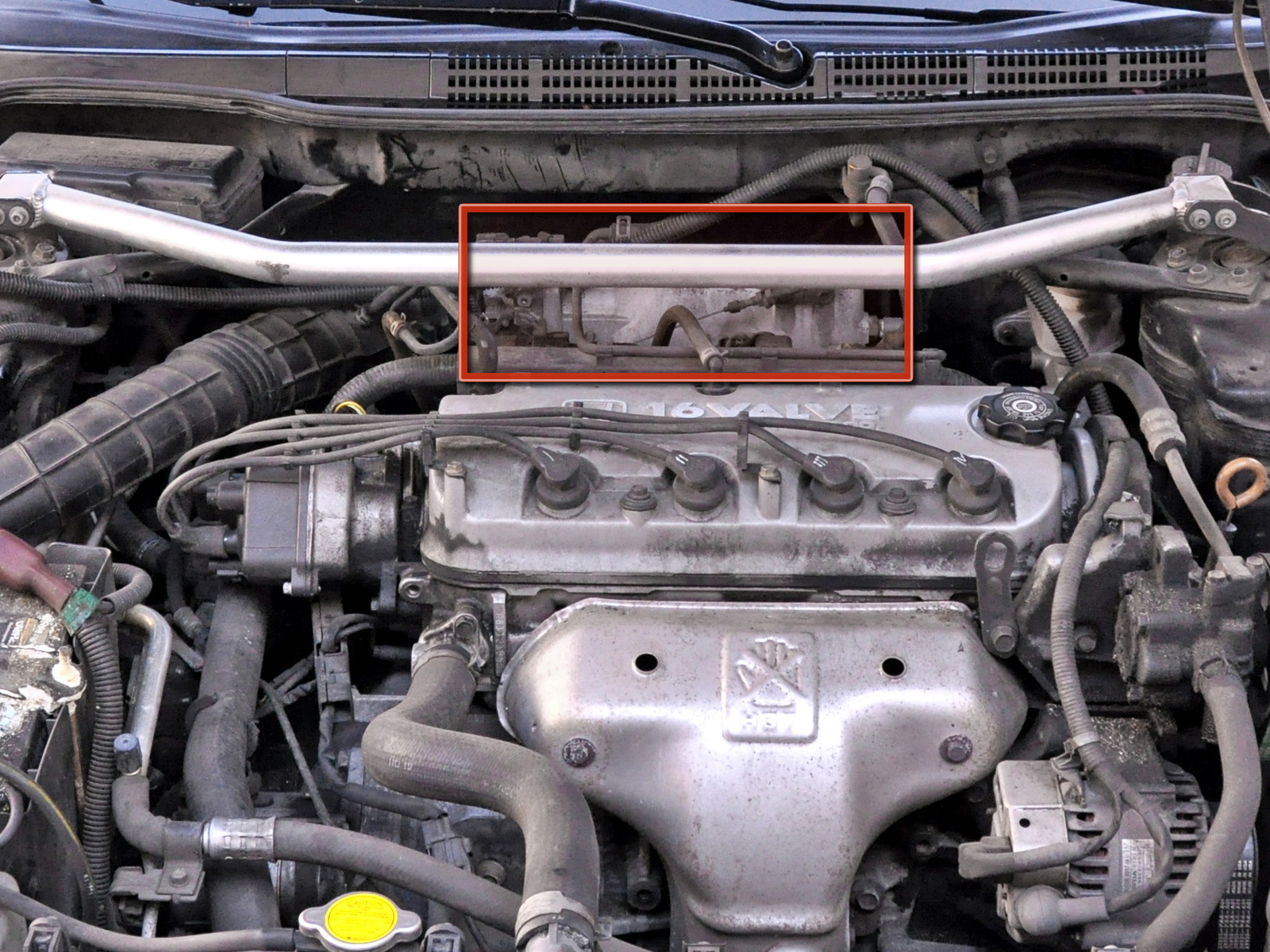
Figure 6. The VSS is located in the back of the engine. 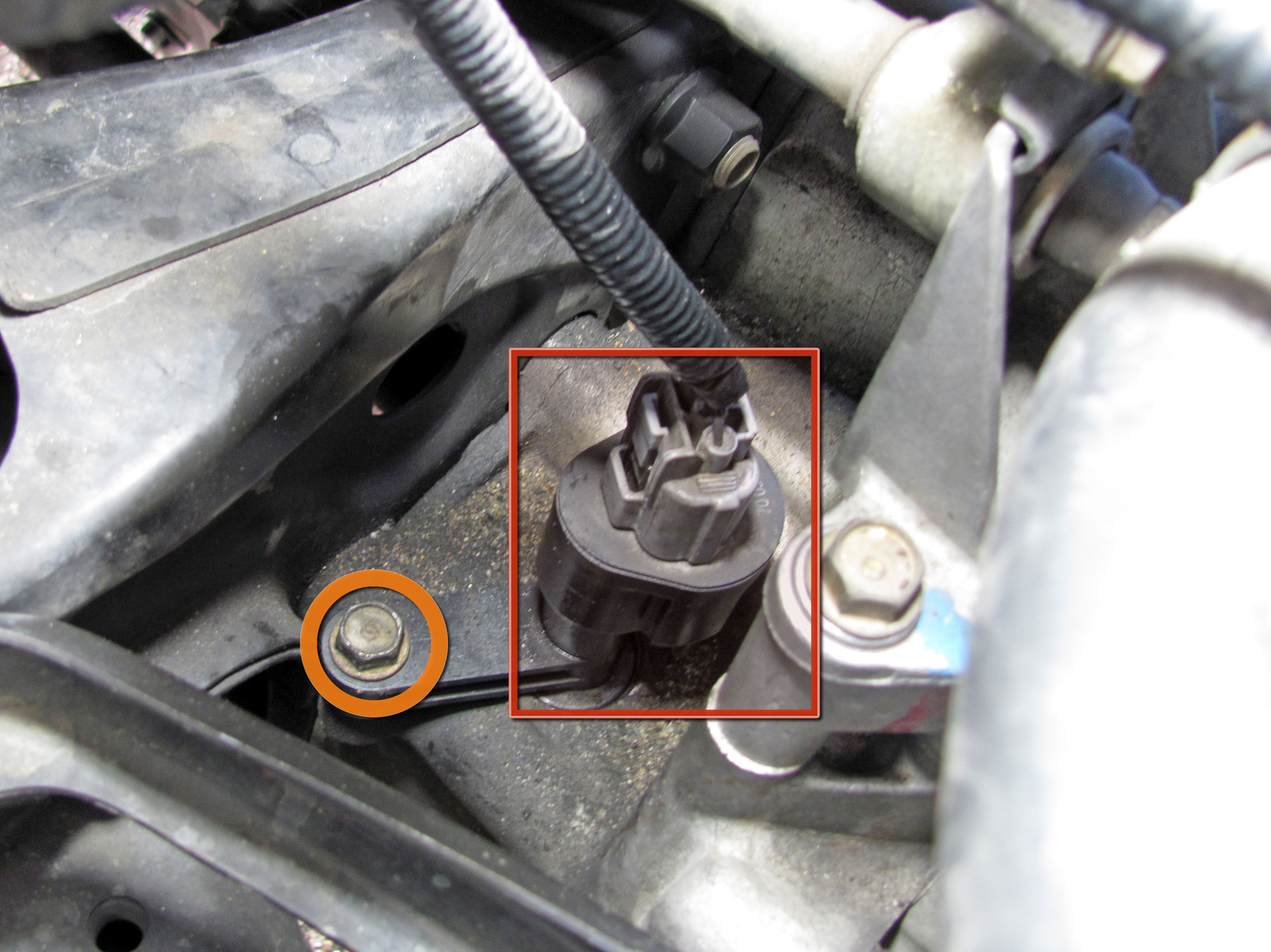
Figure 7. The VSS is located under the air intake unit.
Pro Tip
A VSS short is common in 1990 and 1991 Accords. You might want to check this component first if your Accord model was manufactured in those years.
Related Discussions
- Honda Accord Won't Start and Everything Electrical Flickers - Honda-Tech.com
- Car Stopped and Check Engine Light and Oil Light are On - Honda-Tech.com
- Car Won't Start and Check Engine Light is On - Honda-Tech.com
- Accord Won't Start and Lights Keep Flashing - Honda-Tech.com


